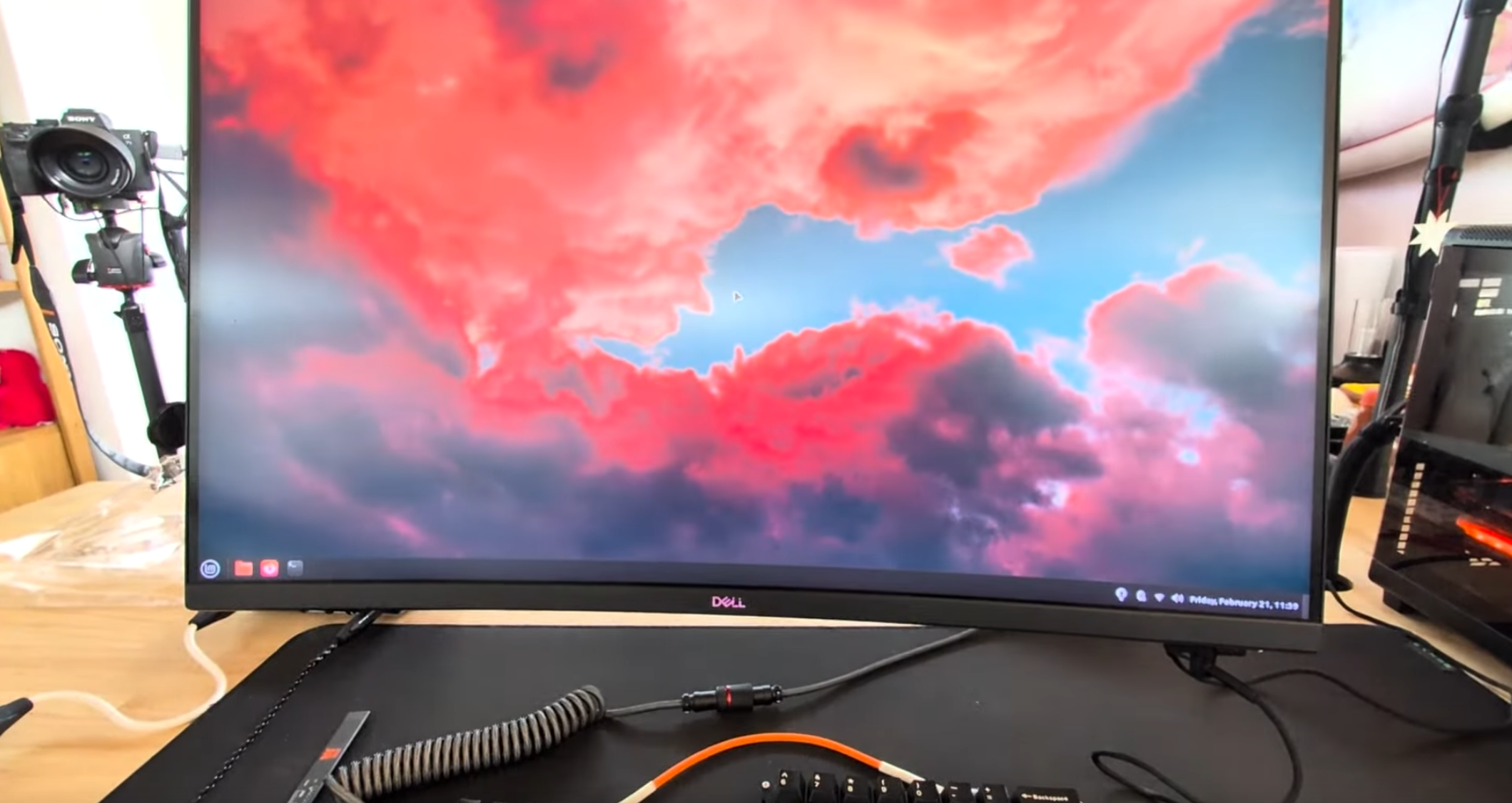Huh? This image has enough pixels to be printed on a facade-sized billboard.
Gobbel2000
At this point a regular Makefile might be in order that can do any data fetching or preprocessing before calling the typst compiler.
Case in point.
HTTP3 benutzt QUIC, was eine alternative zu TCP sein soll. Ein Grund dafür, warum QUIC aber nicht ein eigenständiges Protokoll neben TCP und UDP ist, so wie es an besten ins Schichtenmodell passen würde, ist wohl dass einige Firewalls alles blockieren was nicht TCP oder UDP ist, denn das kennen die nicht und es ist ja überhaupt nicht vorstellbar, dass irgendwann etwas anderes verwendet wird.
I think it was obvious that it was never going to be a free game again. The problem is making it look like it's free to play and then hitting the player with a paywall after a few games. Also, the subscription model is shitty. I would readily put down a onetime payment for something that works as least as good as the web version, which is a lot more polished than the free alternatives I've seen. But I refuse to buy into this subscription model.
Sounds really cool. Weird? Not at all.
Clearly we need self-centering support from editors.
You have already done most of what I would do, but here is my list:
- Try another Proton version (in my experience Proton 6 seems stable and sufficiently different)
- Check ProtonDB if this problem is known
- Read the logs in the command line output
- Try both steam-native and steam-runtime (maybe this is only an Arch thing?)
- First back up, then delete the entire protonprefix (
~/.local/share/Steam/steamapps/compatdata/<GAME-ID>). THIS WILL ALSO REMOVE ALL SAVEFILES OF THE GAME! - Use an Xorg desktop environment instead of Wayland
"We also want to send a signal that we want the weapons in Ukraine to fall silent permanently"
There is really hardly a worse signal they could send than to visit a huge military parade by the aggressor country.


Why is is not called Sixteenereme?